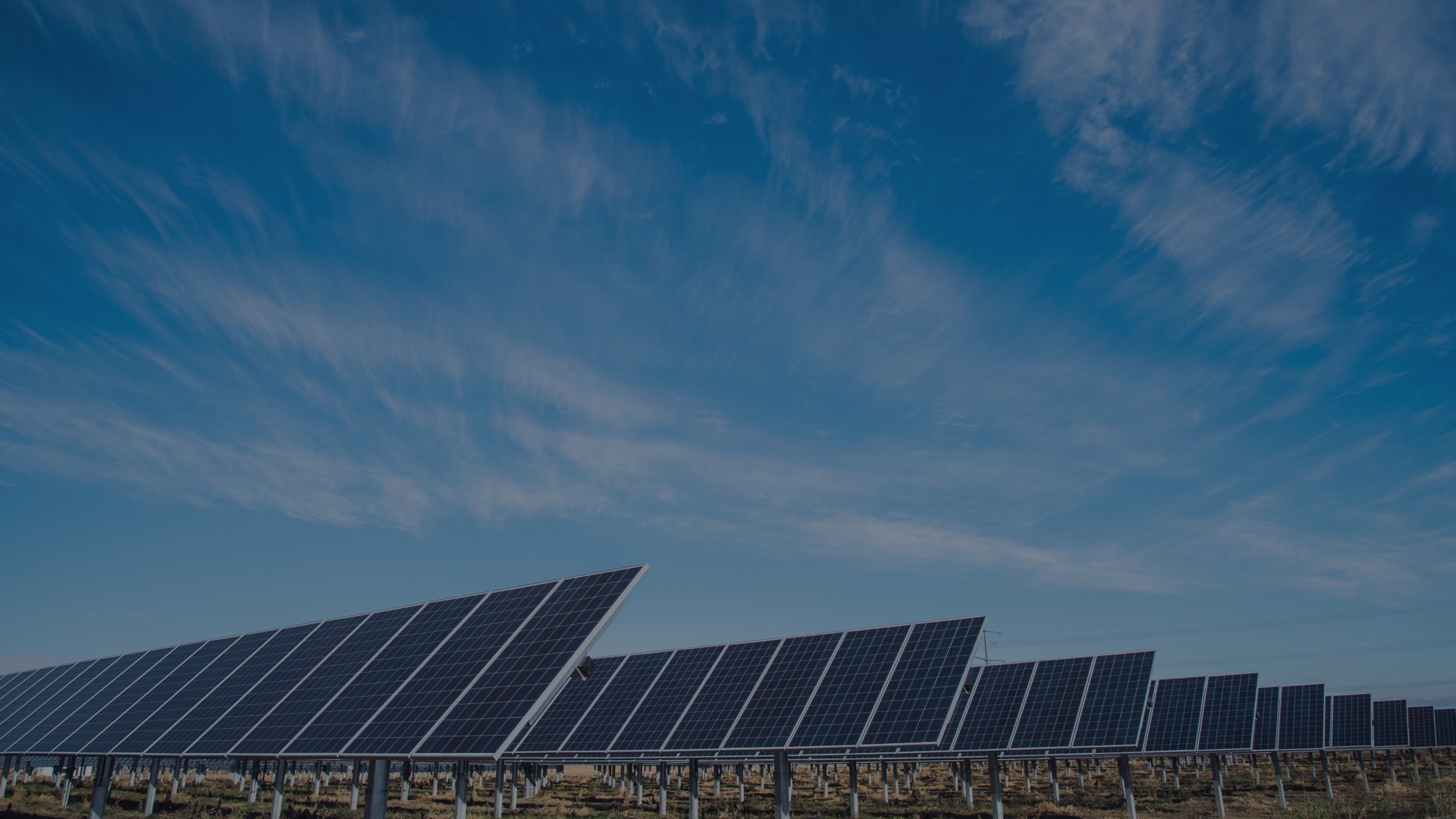A Swedish company has come up with a technological innovation that could potentially increase the energy production of solar panels.
Tiny wires made with gallium arsenide could be used in solar panels to increase the amount of energy produced by up to 25 per cent.
Although the material can be expensive, it is able to convert a greater amount of sunlight into electricity.
Sol Voltaics is the company which has announced the proposal to bring the technology into mass production, following successful lab tests. The plan is to use a layer of gallium arsenide nanowires on the top of solar cells in future solar panel development.
To put this technology into context, if a normal solar panel can produce 200 watts of electricity, the nanowires will help to increase this generation by an extra 50 watts.
The technology is based on studies conducted by founder and chief technology officer at Sol Voltaics Lars Samuelson at Lund University in Sweden.
Nanowires have been known for their ability to trap more sunlight for some time, but the problems have been in the production of depositing of the technology onto solar cells at an affordable cost.
However, Mr Epstein has claimed to have solved both these challenges, by storing nanowires in a liquid but then come out in a gas stream when sprayed onto a solar panel lined with solar cells. This method will require little more than a gram of nanowires to cover a square metre of a solar panelled surface.
This move could prove to be really beneficial to the solar industry if rolled out on a wide scale. People who install solar technology onto their property could also really benefit from increased energy production, which will therefore lead to even more saving on their future energy bills.
